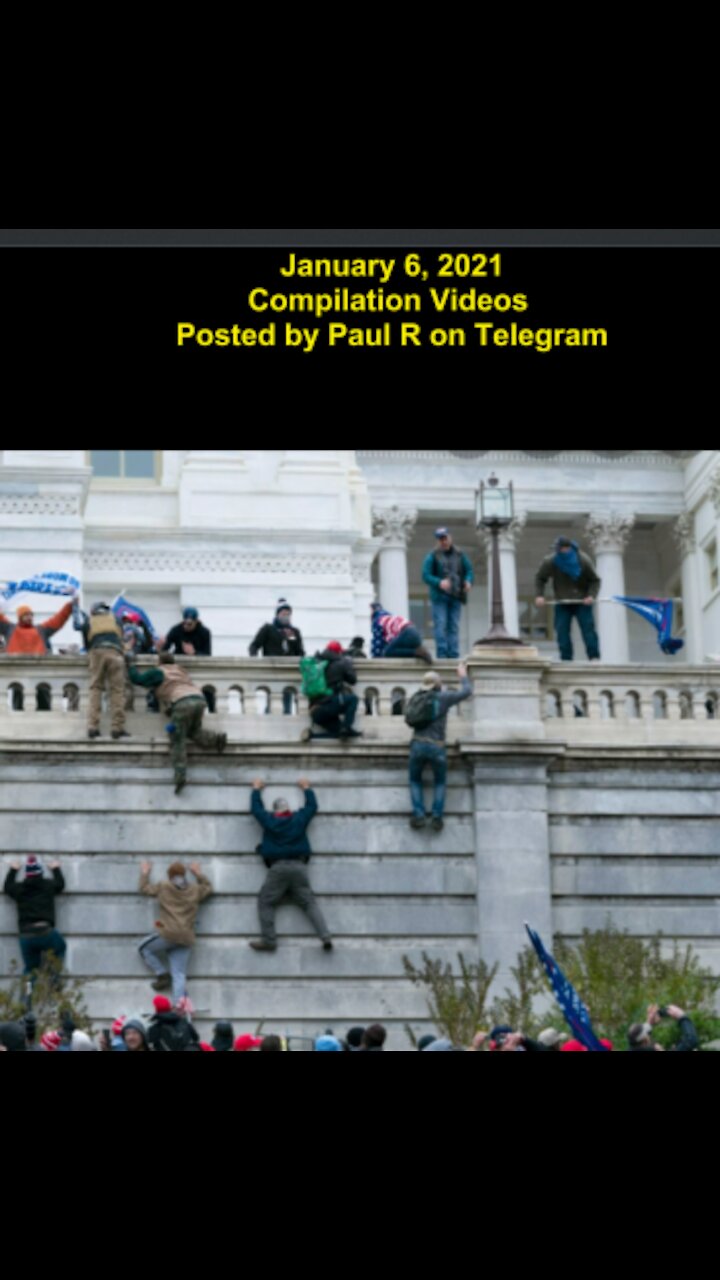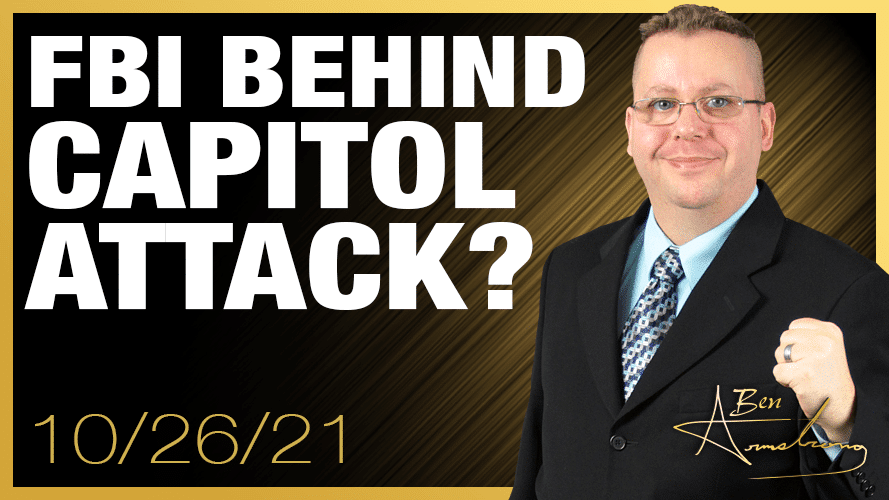Huge investigative analysis from the Washington Post. The following barely scratches the surface:
Before, During and After:
This project is based on interviews with more than 230 people and thousands of pages of court documents and internal law enforcement reports, as well as hundreds of videos, photographs and audio clips.
Reporting by Jacqueline Alemany, Hannah Allam, Devlin Barrett, Emma Brown, Aaron C. Davis, Josh Dawsey, Amy Gardner, Tom Hamburger, Shane Harris, Rosalind S. Helderman, Peter Hermann, Spencer S. Hsu, Tom Jackman, Paul Kane, Dan Lamothe, Carol Leonnig, Nick Miroff, Ellen Nakashima, Ashley Parker, Beth Reinhard, Philip Rucker, Marianna Sotomayor, Isaac Stanley-Becker, Craig Timberg, Rachel Weiner and Cleve Wootson.
Jon Swaine, Ben Terris, Elise Viebeck, Gerrit De Vynck in San Francisco; Jeremy Duda in Phoenix; Mark Shavin in Kennesaw, Ga.; and McKenzie Beard, Caroline Cliona Boyle, Heather MacNeil, Aneeta Mathur-Ashton, Vanessa Montalbano, Megan Ruggles, Nick Trombola and Carley Welch with the American University-Washington Post practicum program also contributed reporting.
The head of intelligence at D.C.’s homeland security office was growing desperate. For days, Donell Harvin had spotted increasing signs that supporters of President Donald Trump were planning violence when Congress met to formalize the electoral college vote,
but federal law enforcement agencies did not seem to share his sense of urgency. On Saturday, Jan. 2, he picked up the phone and called his counterpart in San Francisco, waking Mike Sena before dawn.
Sena listened with alarm.
The Northern California intelligence office he commanded had also been inundated with political threats flagged by social media companies, several involving plans to disrupt the joint session or hurt lawmakers on Jan. 6.
He organized an unusual call for all of the nation’s regional homeland security offices — known as fusion centers — to find out what others were seeing. Sena expected a couple dozen people to get on the line that Monday. But then the number of callers hit 100. Then 200. Then nearly 300. Officials from nearly all 80 regions, from New York to Guam, logged on.
In the 20 years since the country had created fusion centers in response to the attacks of Sept. 11, 2001, Sena couldn’t remember a moment like this. For the first time, from coast to coast, the centers were blinking red. The hour, date and location of concern was the same: 1 p.m., the U.S. Capitol, Jan. 6.
Harvin asked his counterparts to share what they were seeing. Within minutes, an avalanche of new tips began streaming in. Self-styled militias and other extremist groups in the Northeast were circulating radio frequencies to use near the Capitol. In the Midwest, men with violent criminal histories were discussing plans to travel to Washington with weapons. . . .
Harvin was one of numerous people inside and outside of government who alerted authorities to the growing likelihood of deadly violence on Jan. 6, according to a Washington Post investigation, which found a cascade of previously undisclosed warnings preceded the attack on the Capitol. Alerts were raised by local officials, FBI informants, social media companies, former national security officials, researchers, lawmakers and tipsters, new documents and firsthand accounts show.
This investigation is based on interviews with more than 230 people and thousands of pages of court documents and internal law enforcement reports, along with hundreds of videos, photographs and audio recordings. Some of those who were interviewed spoke on the condition of anonymity to describe private discussions or sensitive information.
While the public may have been surprised by what happened on Jan. 6, the makings of the insurrection had been spotted at every level, from one side of the country to the other. The red flags were everywhere.
One of the most striking flares came when a tipster called the FBI on the afternoon of Dec. 20: Trump supporters were discussing online how to sneak guns into Washington to “overrun” police and arrest members of Congress in January, according to internal bureau documents obtained by The Post. The tipster offered specifics: Those planning violence believed they had “orders from the President,” used code words such as “pickaxe” to describe guns and posted the times and locations of four spots around the country for caravans to meet the day before the joint session. On one site, a poster specifically mentioned Sen. Mitt Romney (R-Utah) as a target.

 rumble.com
rumble.com




